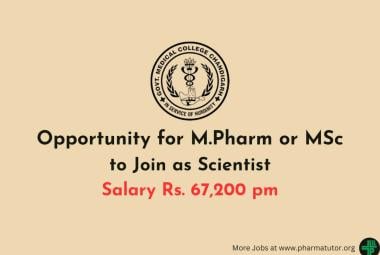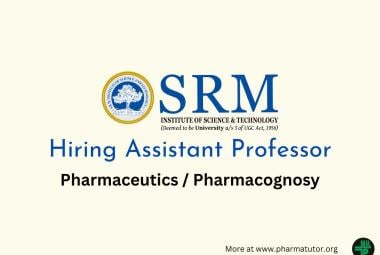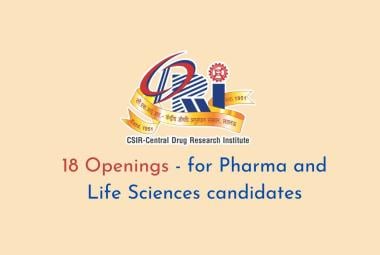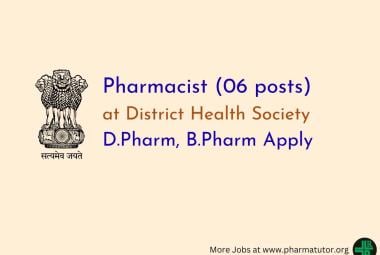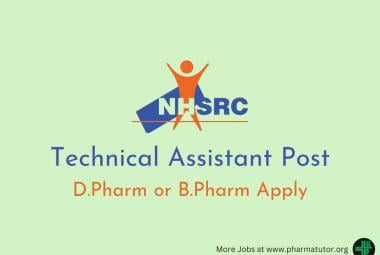{ DOWNLOAD AS PDF }
ABOUT AUTHOR
Komal Saini
Department of Pharmaceutics,
University Institute of Pharmaceutical Sciences,
Panjab University,
Chandigarh, India.
komalsainiks@gmail.com
Nanomaterials and nanotechnology play pivotal roles in emerging science and technology, and are poised to have a broad and fundamental impact on the global economy.
[adsense:336x280:8701650588]
REFERENCE ID: PHARMATUTOR-ART-2469
|
PharmaTutor (ISSN: 2347 - 7881) Volume 5, Issue 3 Received On: 14/09/2016; Accepted On: 22/11/2016; Published On: 01/03/2017 How to cite this article: Saini K;Nanotechnolgy: An Emerging Approach; PharmaTutor; 2017; 5(3); 8 |
Impacting a wide spectrum of economic segments including agriculture, medicine and energy, the newly developed tools for manipulating matter at the smallest scale are supporting revolutionary advances that will enable solutions to society’s most compelling challenges and spur economic growth. They involve the ability to see and to control individual atoms and molecules. Everything on Earth is made up of atoms—the food we eat, the clothes we wear, the buildings and houses we live in, and our own bodies. Nanoscience and nanotechnology are the application of extremely small things and can be used across all the other science fields, such as chemistry, biology, physics, materials science, and engineering.
The ideas and concepts behind nanoscience and nanotechnology started with a talk entitled “There’s Plenty of Room at the Bottom” by physicist Richard Feynman at an American Physical Society meeting at the California Institute of Technology (CalTech) on December 29, 1959, long before the term nanotechnology was used. He described a process in which scientists would be able to manipulate and control individual atoms and molecules. Over a decade later, in his explorations of ultra precision machining, Professor Norio Taniguchi coined the term nanotechnology. It wasn't until 1981, with the development of the scanning tunneling microscope that could "see" individual atoms that modern nanotechnology began.
There are two main approaches which are used in nanotechnology. First is "bottom-up" approach (materials and devices are built from molecular components which assemble themselves chemically by principles of molecular recognition). Second, "top-down" approach (nano-objects are constructed from larger entities without atomic-level control).
Examples of nanotechnology in modern use are the polymers manufacturing based on molecular structure, and the computer chip layouts designing based on surface science. Despite the great promise of numerous nanotechnologies such as quantum dots and nanotubes, real commercial applications have mainly used the advantages of colloidal nanoparticles in bulk form, such as suntan lotion, cosmetics, protective coatings, and stain resistant clothing.
"Nanotechnology" products that are on the market today are mostly gradually improved products (using evolutionary nanotechnology) where some form of nanotechnology enabled material (such as carbon nanotubes, nanocomposite structures or nanoparticles of a particular substance) or nanotechnology process (e.g. nanopatterning or quantum dots for medical imaging) is used in the manufacturing process.
The future prospects of nanotechnology are very bright, as it directly concerns the quality, comfort and better health of the masses. Lots of academic institutions, R&D labs and industries are likely to come up. Government of India is promoting focused programmes related to the nanotechnology.
The career opportunities in the fields of nanoscience and technology are expanding rapidly, as these areas have increasing impact on many aspects of our daily lives. A professional in the field of nanotechnology can easily find lucrative career opportunities in various sectors. They can work in the field of nanomedicine, bio-informatics, stem cell development, tissue engineering, biomedical field, pharmaceutical companies, nanotoxicology and nanopower generating sectors.
NOW YOU CAN ALSO PUBLISH YOUR ARTICLE ONLINE.
SUBMIT YOUR ARTICLE/PROJECT AT editor-in-chief@pharmatutor.org
Subscribe to Pharmatutor Alerts by Email
FIND OUT MORE ARTICLES AT OUR DATABASE




